-
Bangs, shakings and floodings (Masters of Faits Divers – Painting V)
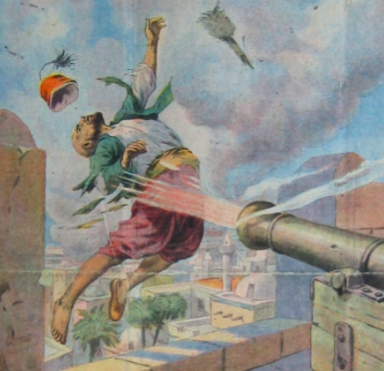
Faits divers-coverart was a transformation of history painting into the realm of urban civil culture, with the middle class-reader as sovereign.
-
Kathedrale und Bierdeckel. oder: Gefälle zwischen Malerei und Illustration?
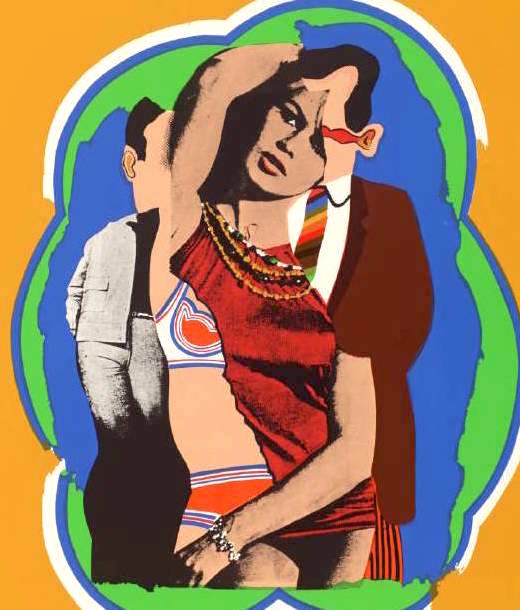
Vorbemerkung: Dies ist eine Art visueller Essay zum Thema „Illustration und Malerei“ aus der Perspektive meines Ateliers und der Lehre. Antoine Watteau, Das Ladenschild des Kunsthändlers Gersaint, 1720 / 21 (Source) und Europas größter Comicladen, Esslingen 2013 (Source) Die Begriffe „Illustration“ und „Malerei“ benutzt man im Alltag als verwandte, aber doch gegeneinander abgegrenzte Kategorien. Von […]
-
Robert Weaver VI: Baseball & Gang War
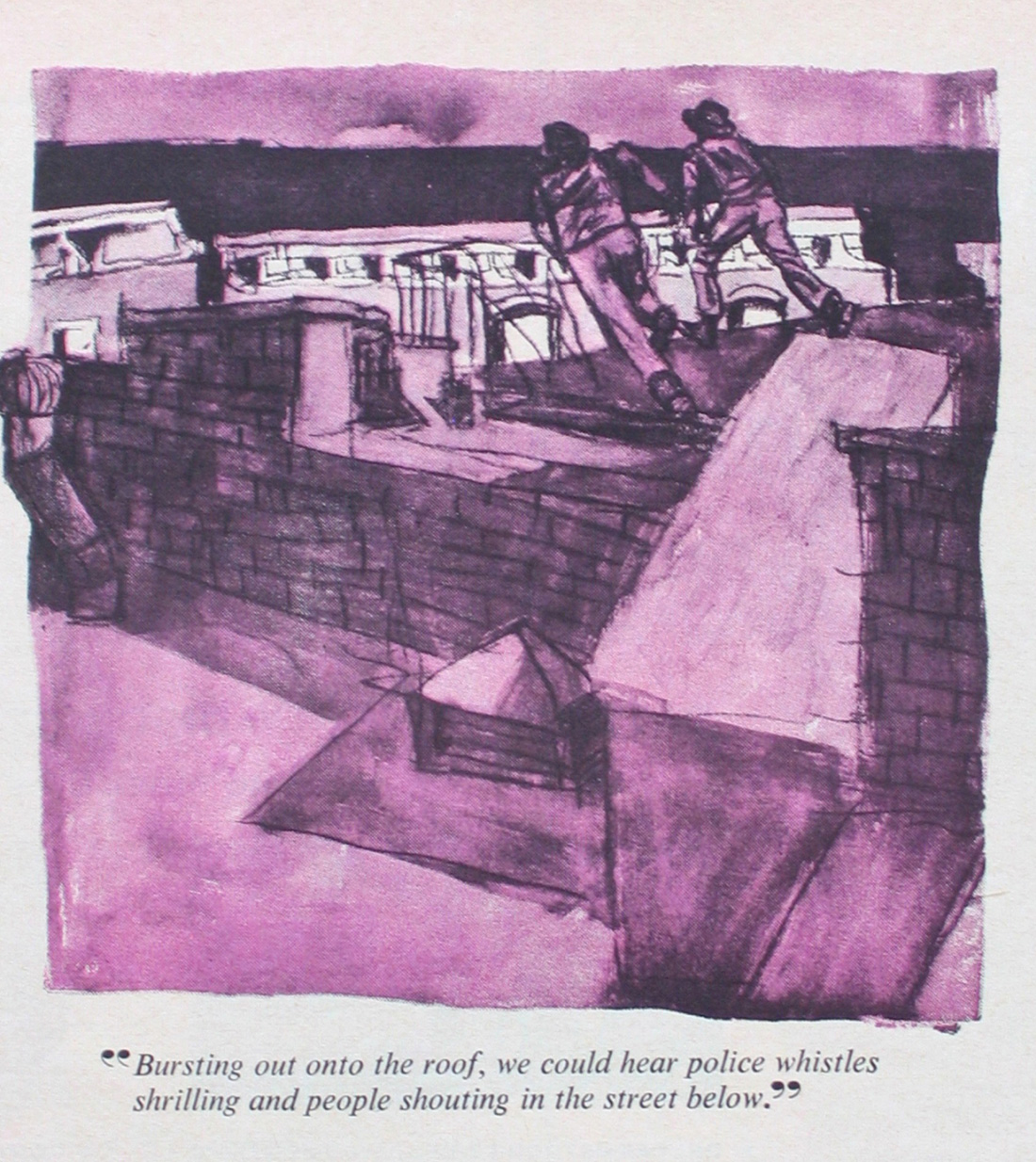
“Illustration is an essential to great painting. Abstractness cannot be equated with it; it is merely the grammar.(..) Many illustrators of today are too little concerned with the actualities of their time. Too often they merely aid and abet the pre-sold illusion of the age.” (R. Weaver, 1959)”The state of the art of illustration might […]
-
Kupkas T-error of Religions, 1904

Zu Beginn des 20. Jahrhunderts publizierte der in Paris lebende tschechische Künstler Frantisek Kupka in Magazinen wie “Assiette au beurre”, “Le Canard Sauvage” und “Cocorico” einige furiose bildnerische Attacken gegen eine explosive Gemengelage aus ungehemmter Profitgier, Militarismus und Imperialismus, die überwiegend religiös legitimiert wurde. Seine kommentierte Bildfolge “Religions” war 1904 erschienen. Das Werk hat einen […]
-
Conflicts and Flames (Masters of Faits Divers – Painting VI)
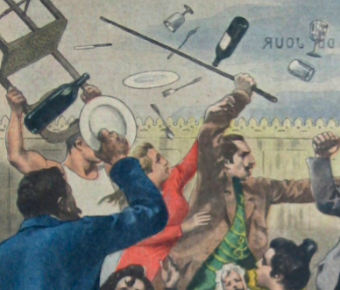
The depiction of social conflicts, of strikes, riots and mobs was one of the main subjects of special artists and faits divers-painters at the turn of the century. Some of them became masters of pictorial mass choreography and cataclysmic sceneries.
-
Denkt an Horthy! Die interventionistische Kunst von Mihály Biró.
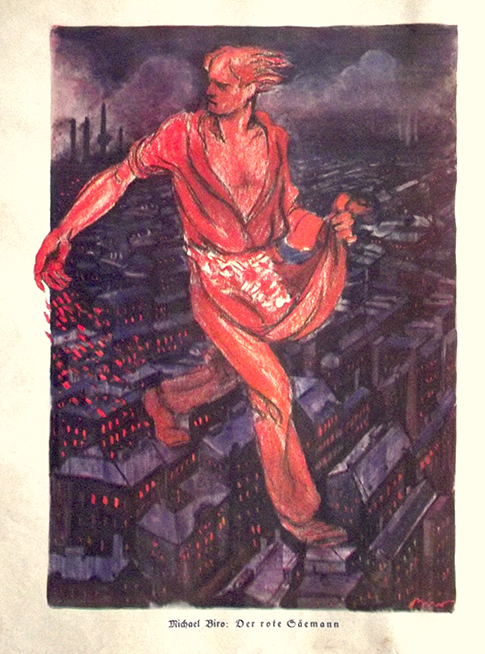
Im Rahmen der Ausstellung „Turning Points. The Twentieth Century through 1914, 1939, 1989 and 2004“ in der Ungarischen Nationalgalerie Budapest ist das Melton Prior Institut mit einer umfangreichen Installation vertreten. Das Arrangement „Gondolj Horthyra / Think about Horthy,” mit der die Ausstellung zur wendungsreichen Geschichte des 20. Jahrhunderts am Beispiel Ungarns eingeleitet wird, konfrontiert zwei […]
-
The Message of the Sandwich Man (Found by Tom Gretton)
Not translated: In this lively street scene illustrator Richard Caton Woodville cached a reference to his collague Melton Prior, the most popular special artist of the era, and whose traditional dress code. Richard Caton Woodville,’ Shower in Piccadilly’, Illustrated London News, 18 September 1886 (Kensington and Chelsea Public Libraries, photo Tom Gretton) Richard Caton Woodville,’ […]
-
ROSTA / GPP : Pictorial Newsposter-Series of the Russian Avantgarde III , Moscow, 1921
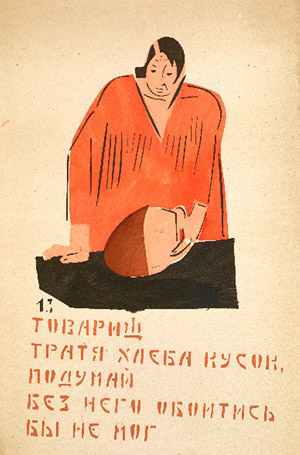
The campaign at ROSTA ended at the beginning of 1921 with the departure of the director of the news agency Platon Kerzhentsev. Afterwards, it was continued for one more year with a stricter conception in didactical terms under the patronage of Glavpolitprosvet (GPP), a newly founded educational institution of the Ministry of Cultural Affairs. The […]
-
The rehabilitation. Gustave Doré in Paris, Strasbourg and in Ottawa.
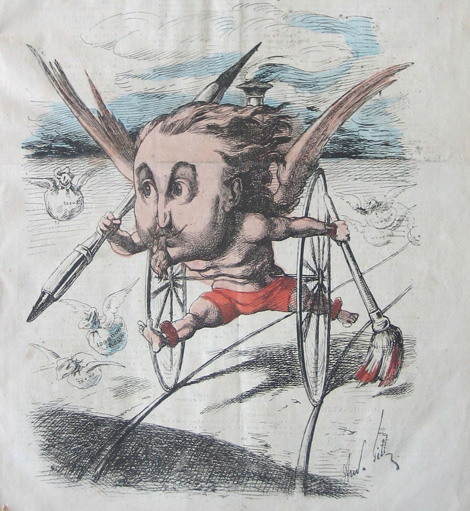
Nicht übersetzt: The profession of illustration and the disrepute it got into are both a product of 19th century industrialized journalism. The business´ high altitude flight as well as it´s crash are manifest in the work of one single person, the Alsatian graphic artist, painter and sculptor Gustave Doré (1832-1883). Along with Gustave Courbet he […]
-
ROSTA / GPP : Pictorial Newsposter-Series of the Russian Avantgarde I , Moscow, 1920 / 1921
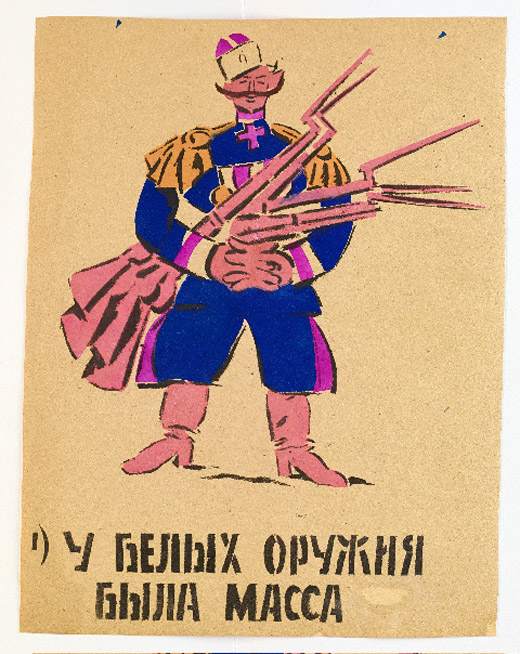
In February 1919, caricaturist Mikhail Cheremnykh started an artistic campaign in an empty shop window with a visually designed report of the Bolshevist news agency ROSTA. Shortely thereafter the initiative was taken up by the popular poet Vladimir Mayakovsky. He selected most of the news items and prepared them for pictorial realisation. “The field of […]